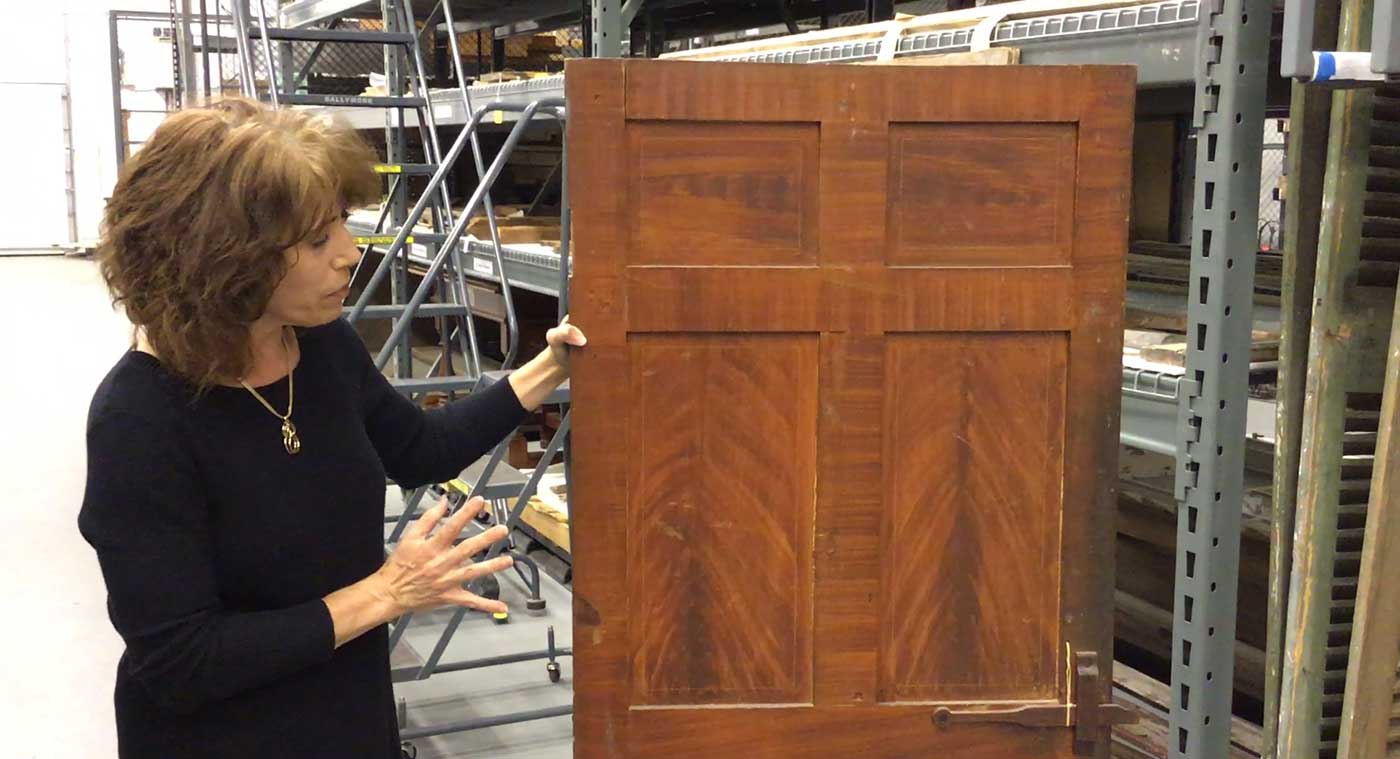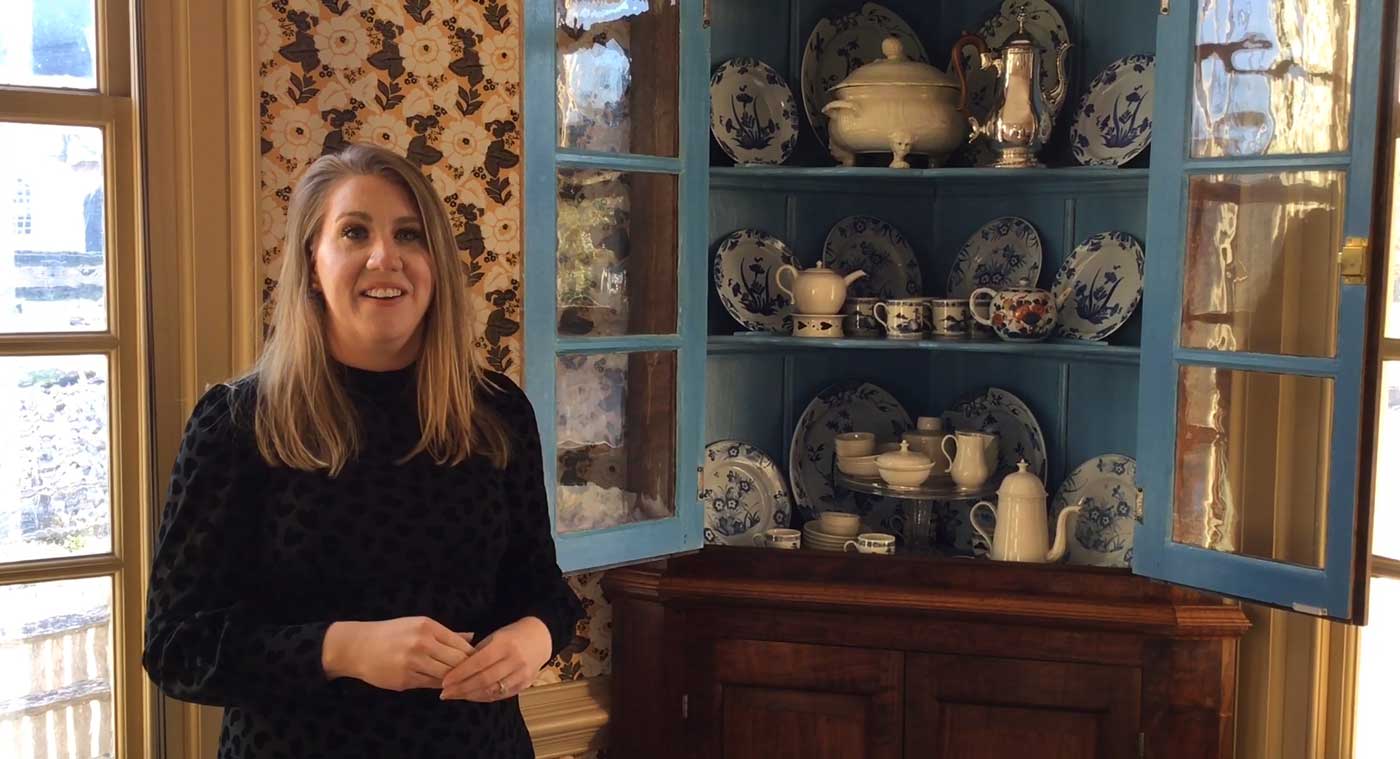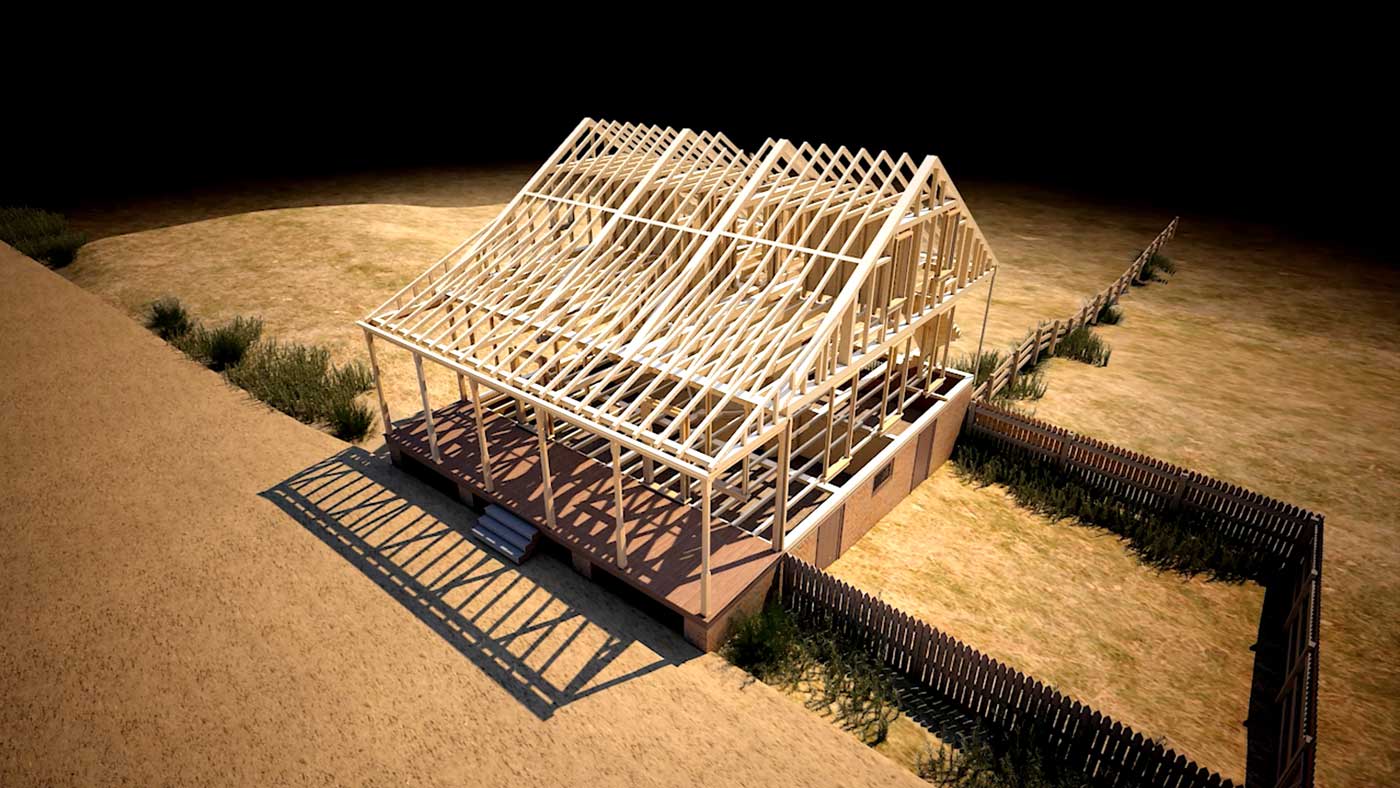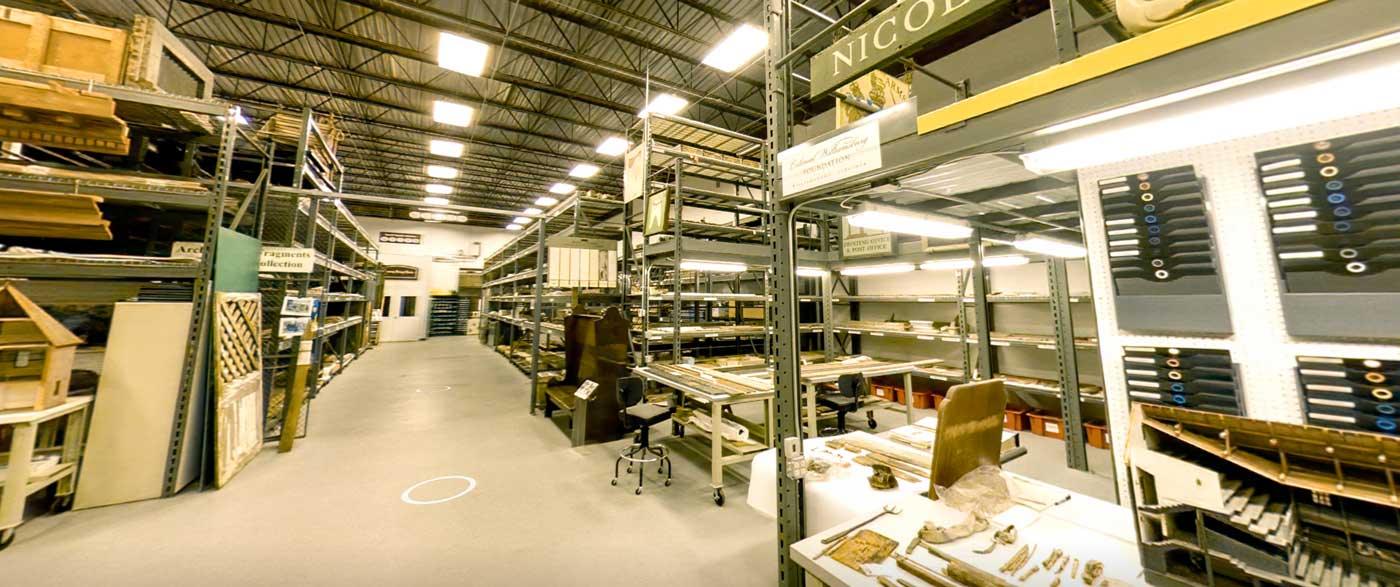Since our last look at the Colonial Williamsburg’s virtual building tours, we have been lucky enough to have professional 3D animator and consultant Rob Cloutier return to Williamsburg to continue his work. Over the last eight months, Rob has been developing more 360-degree virtual tours, each one expanding on the last. Now you can tour the Governor’s Palace, The Capitol building, and three of the many galleries at the Art Museums of Colonial Williamsburg. In my previous post, I wrote about how we are using the tours to help make connections, On his return this time, I set Rob the challenge of doing something a little different, and Rob took it all in his stride saying “it’s a fun challenge to find new digital methods to convey different types of information and media.” Rather than make connections solely about the building, we set about connecting the two very important functions of one of the lesser-known branches of the Colonial Williamsburg Foundation — the department of Architectural Preservation and Research.
“It’s a fun challenge to find new digital methods to convey different types of information and media.”
—Rob Cloutier, 3D animator and consultant

Like their name suggests, the department’s work connects their role in preserving architectural fragments and buildings from Colonial Williamsburg’s 603 structures, with that of research. This is often a hidden effort, that only becomes obvious when presented in Williamsburg’s Historic Area when you visit our exhibition buildings. So, for this tour we decided to take a “behind the scenes” approach and show you the collection in the preservation storehouse at Packet’s Court and connect it with the experience in the Historic Area at the Coffeehouse. We were able to spend some time interviewing the specialists of the Architectural Preservation and Research Department and take a deep dive with them into the exciting work they do behind the scenes. Through the 28 videos embedded throughout the tour, you will be able to hear specialists talk about the process of collecting architectural fragments, what the information tells us about the past, and how this information is used to reconstruct the buildings and their interiors.

The Architectural collection at Packet’s Court looks like a set from Indiana Jones; I am certain I saw the Ark of the Covenant in one of those boxes. More seriously, as you wander the storehouse you realize it is really a treasure house of architectural knowledge. In the tour, manager of Architectural Collections Dani Jaworski guides us through the 19,000 fragments held in the storehouse including: architectural models, Chesapeake and Williamsburg fragments, and the irreplaceable Lenygon Collection of European fragments — all used to help inform their work. She also introduced us to the 500 samples of paint that were used for the Colonial Williamsburg Benjamin Moore paint line.

These fragments and samples provided the basis for serious research into the structure and of the buildings of 18th-century Williamsburg. Consequently, the second part of the tour connects the storehouse with the Historic area, in the form of R. Charlton’s Coffeehouse. Inside the Coffeehouse, Executive Director of Architectural Preservation and Research Matt Webster, Manager of Historic Interiors and Associate Curator of Household Accessories Amanda Keller, Architectural Preservation and Research Associate Emily Campbell, and Senior Curator of Mechanical Arts and Numismatics Erik Goldstein provide an in-depth overview of the research that went into reconstructing the Coffeehouse, and how it informed the rebuilding and furnishing of its interior. As well as the 18th-century side of things, you will get to discover some of the Coffeehouse’s little secrets, hidden elements like how we filled the bookcase without putting precious books in danger, the emergency lighting system concealed behind the wallpaper, and how to disguise a modern H-Vac system within an 18th-century tea chest! Outside the Coffeehouse, you will get to relive the 2008-9 reconstruction of the building via a series of “Coffeehouse Conversations.” These throwback videos highlight the carpentry and brickmaking for the building, as well as the key people in the investigation, construction, and raising of the Coffeehouse.

At the end of the project, 3D animator and consultant Rob Cloutier recollects, “working on the various virtual tours has been a great experience as each tour has its own style with a unique combination of photos, videos, 3D models.” We hope you enjoy exploring this behind the scenes virtual tour and it adds a fascinating layer of understanding to your next visit. Bring some friends along with you and impress them with your insider knowledge!
This tour is dedicated to the memory of long-time Architectural Historian Edward Chappell who worked at Colonial Williamsburg from 1980 until his retirement in 2016. Ed served as the Shirley and Richard Roberts Director of Architectural and Archaeological Research and his legacy lives on in the Historic Area.
Where next for virtual tours? The Peyton Randolph House, but this time a tour with a twist. Not a just tour of a building, but a tour of the people who lived, loved, cried, and laughed in the building.
Rob Cloutier is the Colonial Williamsburg 3D visualization fellow for 2019. He is the owner of Digital History Studios, and has been a 3D cinematic animator for the past 25+ years, 12 of which had been in the computer gaming field. His website is https://www.3dhistory.com/ .
Dr. Peter Inker is the Director of the Historical Research and Digital History Department. He is passionate about the past and living history museums. Originally from Wales, UK, he now lives permanently in Virginia.
This project was funded in part by a generous grant from the National Endowment for the Humanities.
Colonial Williamsburg is the largest living history museum in the world. Witness history brought to life on the charming streets of the colonial capital and explore our newly expanded and updated Art Museums of Colonial Williamsburg, featuring the nation’s premier folk art collection, plus the best in British and American fine and decorative arts from 1670–1840. Check out sales and special offers and our Official Colonial Williamsburg Hotels to plan your visit.
